Maintaining good oral health goes beyond brushing and flossing—it starts with the food we eat. The connection between diet and dental well-being is often overlooked, yet what we consume plays a pivotal role in preventing cavities, gum disease, and enamel erosion. From sugary snacks that feed harmful bacteria to calcium-rich foods that strengthen teeth, our dietary choices shape the longevity of our smiles. Understanding this relationship empowers us to make informed decisions for both our oral and overall health.
The Sugar Trap and Its Hidden Consequences
Sugar has long been public enemy number one for dentists, and for good reason. When we consume sugary foods or drinks, oral bacteria feast on these carbohydrates, producing acids as a byproduct. This acid attack can last for up to 20 minutes after each exposure, gradually dissolving tooth enamel and creating the perfect environment for cavities to form. The stickier the sugar—like caramel or dried fruit—the longer it adheres to teeth, prolonging the damage. Even seemingly healthy options like fruit juices or flavored yogurts often contain shockingly high sugar content. The key isn’t necessarily elimination but mindful consumption paired with timely oral hygiene.
What many don’t realize is that frequency of sugar intake matters more than quantity. Sipping a soda throughout the day or nibbling on candy continuously is far more damaging than enjoying a dessert in one sitting. Saliva, nature’s defense mechanism, needs time to neutralize acids and remineralize enamel. Constant snacking disrupts this natural repair process. Switching to sugar-free alternatives or rinsing with water after sugary treats can significantly reduce harm. For those with a sweet tooth, dark chocolate (70% cocoa or higher) is a smarter choice—it’s less likely to cling to teeth and contains compounds that may inhibit bacterial growth.
Acidic Foods: A Double-Edged Sword
While citrus fruits, tomatoes, and vinegar-based dressings offer nutritional benefits, their high acidity wears down enamel over time. Enamel erosion leaves teeth vulnerable to sensitivity, discoloration, and decay—and unlike bone, enamel doesn’t regenerate. The erosive potential increases when these foods are consumed alone or held in the mouth (like lemon wedges or vinegar shots). Carbonated drinks, including sparkling water, also lower mouth pH, with diet sodas being particularly problematic due to their combination of acidity and artificial sweeteners.
Timing and pairing strategies can mitigate these effects. Consuming acidic foods as part of a meal buffers their impact, as other components help neutralize pH. Using a straw for acidic beverages minimizes contact with teeth, while waiting at least 30 minutes to brush after acidic exposure prevents brushing away softened enamel. Dairy products like cheese can counteract acidity by stimulating saliva production and providing calcium phosphate, which aids remineralization. Understanding these nuances allows us to enjoy acidic foods responsibly without sacrificing oral health.
The Power of Nutrient-Dense Foods
Certain foods actively defend teeth by strengthening enamel, stimulating saliva, or altering mouth chemistry. Crunchy vegetables like carrots and celery act as natural toothbrushes, scrubbing surfaces and increasing saliva flow to wash away food particles. Dairy products, almonds, and leafy greens are rich in calcium and phosphorus—minerals essential for rebuilding tooth structure. Vitamin C from bell peppers and broccoli supports gum health by maintaining collagen in connective tissues, while vitamin D (found in fatty fish and egg yolks) enhances calcium absorption.
Polyphenols in green tea and black tea disrupt plaque formation and suppress bacteria responsible for bad breath. Onions and garlic, despite their strong odors, contain antimicrobial sulfur compounds that target cavity-causing strains. Meanwhile, foods high in omega-3s (like salmon and chia seeds) may reduce gum inflammation linked to periodontal disease. Incorporating these nutritional powerhouses creates a dietary defense system that works synergistically with oral hygiene practices.
Hydration and Oral Ecology
Water is the unsung hero of oral health. Drinking fluoridated water strengthens teeth from the outside (via topical contact) and inside (when absorbed during development). Adequate hydration prevents dry mouth—a condition that accelerates tooth decay by reducing saliva’s protective effects. Swishing water after meals helps dislodge food debris, especially when brushing isn’t immediately possible. Herbal teas without added sugar offer hydration along with beneficial plant compounds, whereas alcohol and caffeine can dehydrate and exacerbate dry mouth.
The temperature of beverages also plays a role. Excessive consumption of very hot drinks may contribute to oral tissue irritation, while chewing ice can cause microfractures in enamel. Room-temperature or cool water is ideal for maintaining oral tissue integrity. Infusing water with mint or cucumber provides flavor without acidity or sugar, making it an excellent alternative to commercial mouthwashes that often contain alcohol and disrupt the oral microbiome balance.
Cultural and Lifestyle Considerations
Dietary habits rooted in cultural traditions may inadvertently impact oral health. Sticky rice-based dishes common in Asian cuisines, dried fruits in Middle Eastern diets, or fermented starches in African traditions can adhere to teeth if proper cleaning doesn’t follow consumption. The rise of veganism introduces challenges—while plant-based diets reduce processed sugar intake, they may lack sufficient vitamin B12 (crucial for gum health) and omega-3s unless carefully planned. Supplementation and strategic food pairing become essential in such cases.
Modern lifestyles further complicate matters. Grazing diets popular among busy professionals extend acid attacks throughout the day, while energy drinks marketed to athletes combine sugar with extreme acidity. Meal timing matters too—skipping breakfast reduces morning saliva flow, and late-night snacks without subsequent brushing allow bacteria to feast uninterrupted. Tailoring dietary adjustments to individual routines ensures sustainable changes rather than temporary fixes.
Beyond Teeth: The Systemic Connection
Emerging research continues to reveal links between oral health and conditions like diabetes, heart disease, and Alzheimer’s. Chronic gum inflammation allows oral bacteria to enter the bloodstream, potentially triggering systemic inflammation. Conversely, uncontrolled diabetes impairs saliva production and healing, worsening periodontal disease. This bidirectional relationship means that an oral-health-conscious diet doesn’t just preserve teeth—it may safeguard overall wellness. Antioxidant-rich berries, anti-inflammatory turmeric, and probiotic-rich foods like yogurt support both oral and gut microbiomes, highlighting the interconnectedness of bodily systems.
Personalized nutrition is the future of oral health care. Genetic testing can identify individuals prone to enamel weakness or gum disease, allowing for targeted dietary interventions. Advances in microbiome science may soon enable probiotic therapies tailored to one’s unique oral flora. Until then, combining ancestral wisdom (like oil pulling with coconut oil) with evidence-based modern nutrition offers a balanced approach. The adage "you are what you eat" holds particular truth for oral health—every bite shapes the microbial ecosystem within our mouths, making conscious eating one of the most powerful preventive tools at our disposal.

By /May 21, 2025
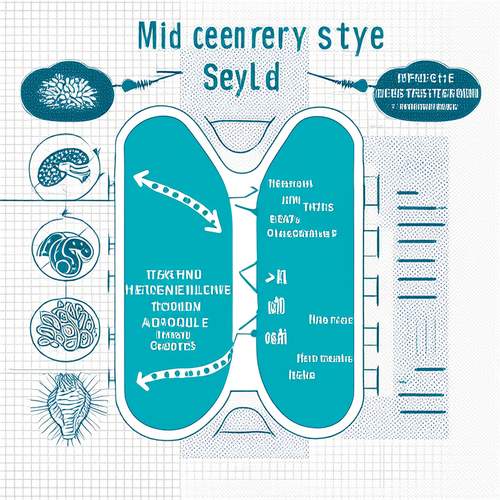
By /May 21, 2025

By /May 21, 2025
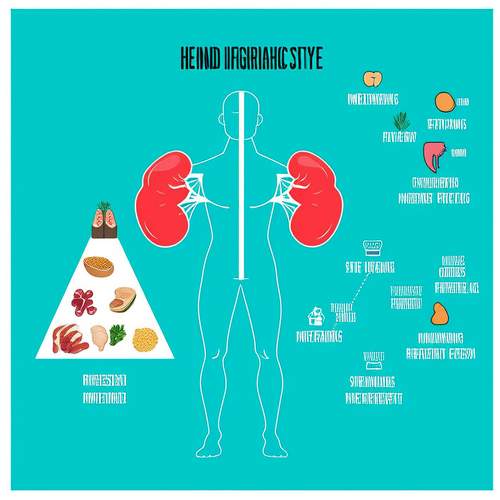
By /May 21, 2025
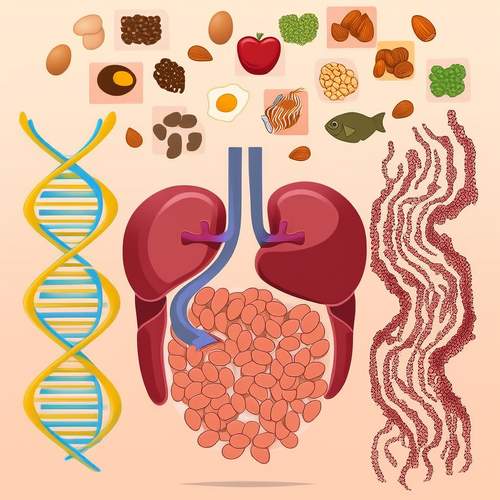
By /May 21, 2025
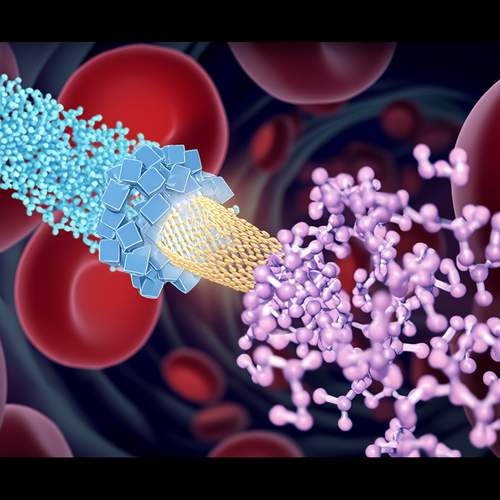
By /May 21, 2025
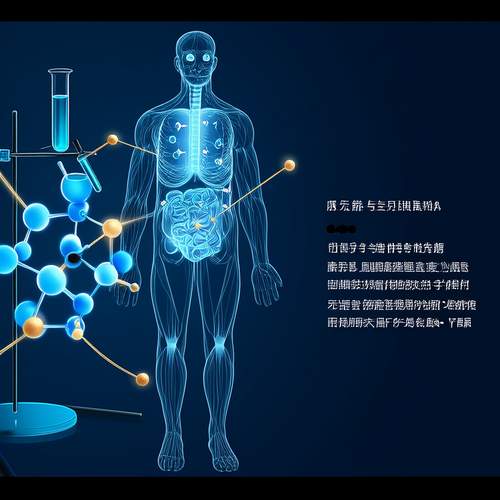
By /May 21, 2025

By /May 21, 2025

By /May 21, 2025

By /May 21, 2025

By /May 21, 2025

By /May 21, 2025
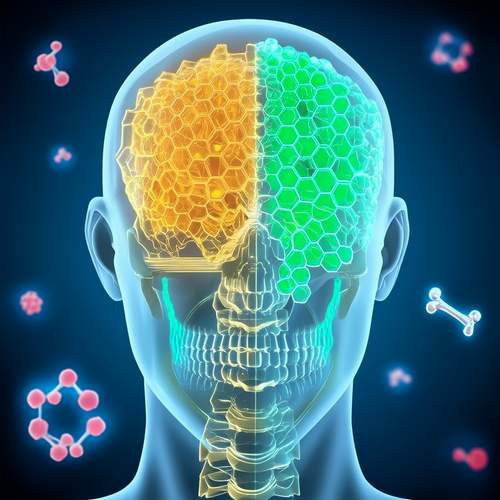
By /May 21, 2025

By /May 21, 2025

By /May 21, 2025

By /May 21, 2025

By /May 21, 2025

By /May 21, 2025

By /May 21, 2025

By /May 21, 2025